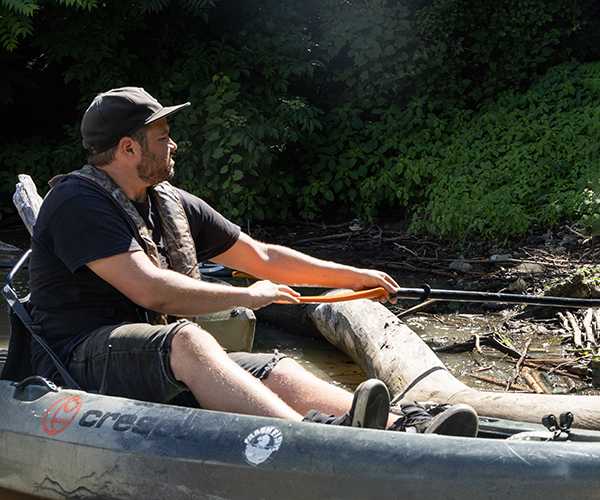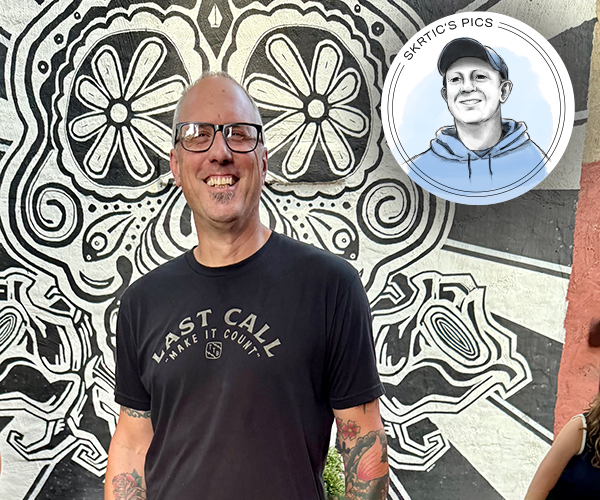As he set out to design the landscape for the National September 11 Memorial, Peter Walker knew he wanted to incorporate a "humanizing" element into the space as a way to balance the giant, craterlike voids marking the spots where the Twin Towers once stood.
The Berkeley, Calif.-based landscape architect's plan included a forest of oak trees and an open grassy field where visitors could relax. He took a similar approach when developing his concept for the Cleveland Clinic Heart Center. Nearly 400 "Arnold" trees from Georgia and North Carolina surround six concrete reflecting pools, which hold a grid of 300 Wisconsin boulders. A fountain with an 80-foot-diameter lighted pool just outside the building entrance completes the natural, calm feel.
The large scope and prominence of both projects suggest just how much Walker's career has evolved. After receiving his master's degree in landscape architecture from Harvard, his first job was designing backyards in California
Walker will receive the Delia White Vail Medal for Community Horticultural Achievement from the Cleveland Botanical Garden on June 27. During his visit, which is in conjunction with the Botanical Garden's 82nd annual meeting, he'll also talk about his architectural projects and address the issue of sustainability in urban design. We recently talked to him about what inspires his work.
Q. What was asked of you as a co-designer of the National September 11 Memorial?
A. The real task for us is that the young architect who had thought up the idea of the voids where the buildings used to be had a very strong idea. It's huge. It's an acre square. What the mayor and jury asked us to do is to make it function as a memorial and also as a major civic, parklike space for this high-density neighborhood that surrounds it.
Q. What was the inspiration for the Cleveland Clinic Heart Center's landscape design?
A. Well, [CEO] Toby Cosgrove, in a word. A mutual friend of ours recommended us because we had to do something minimal, and when I first went up there, Toby said he had just become president of the place and he wanted to turn it from a shopping center with parking lots all the way around into an institution that is visible not only to the city, but to the people who use it. That's a lifetime's work, and it's not going to happen overnight.
Q. What inspires your landscape designs?
A. I find it in lots of things. I find a lot of the [projects] I come upon have historic references, so there's a history that you're building on. The other inspiration is that I'm interested in minimalist art, and I collect certain artists. They don't influence me directly but they do something that I can then use spatially and physically.



